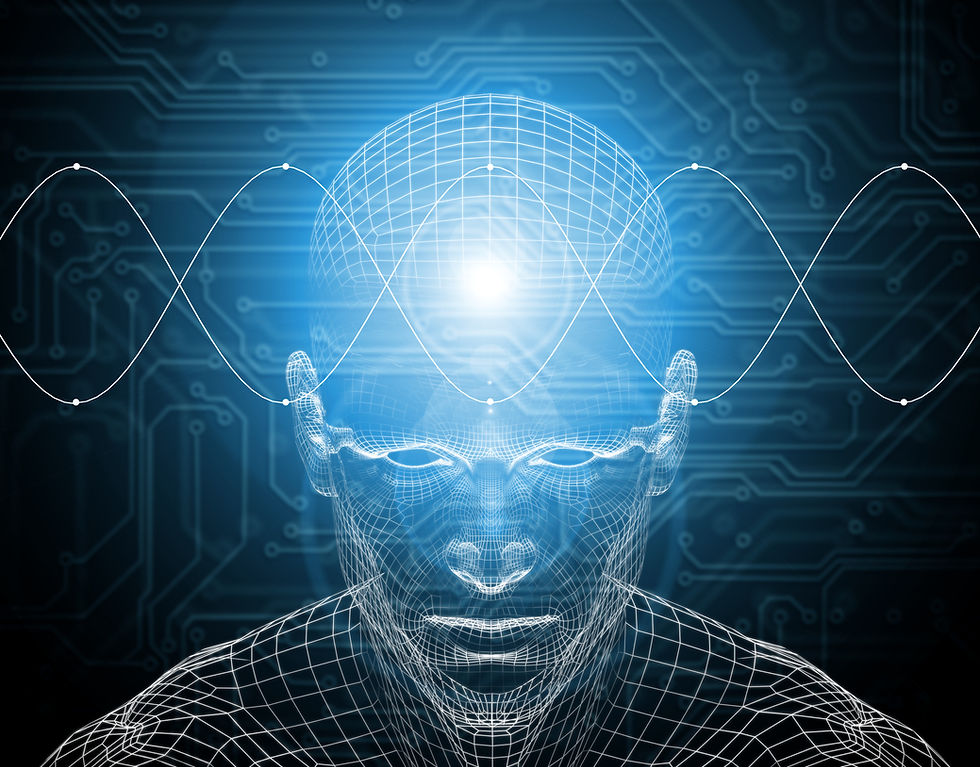The Science Behind Altruism - How Helping Others Boosts Endorphins
- Amazing Reults LLC

- Sep 14
- 3 min read
Updated: Oct 14
As we experience a world that often feels fast-paced and self-centered, the act of giving—whether it’s time or money—can seem like a rare gem. However, research shows that altruism is not just about being noble; it's a powerful source of personal happiness. When we help others, our brains release endorphins, which are the body's natural feel-good chemicals. This post explores the science behind altruism and explains how acts of kindness can elevate our mood and enhance our overall well-being. Vibrating at a higher level.
The Altruism-Endorphin Connection
Altruism, or selfless concern for the well-being of others, fascinates psychologists and neuroscientists. Studies indicate that engaging in altruistic behavior triggers endorphin release in the brain, leading to what is often called the "helper's high."
For example, a 2012 study published in "Public Health" found that participants who volunteered reported feeling a 24% increase in happiness compared to their baseline moods. This reaction is not just temporary; it has long-lasting benefits for mental health. When you dedicate your time or resources to help others, the mental rewards can enhance your overall emotional state.

The Neuroscience of Giving
Understanding the neuroscience behind altruism highlights the powerful impact of our actions. Engaging in acts of kindness activates several areas of the brain. The prefrontal cortex, linked to decision-making and social behavior, and the anterior cingulate cortex, associated with emotional regulation, both show increased activity during altruistic acts.
Functional MRI scans reveal that when individuals observe or participate in helping behavior, these brain regions light up. This shows that our brains are wired to respond positively to helping others, suggesting that altruism is not just a moral choice but a biological response.
The Ripple Effect of Kindness
One of the most compelling aspects of altruism is its ripple effect. When you help someone, it often motivates them to pay it forward, creating a chain reaction of kindness. This can be observed in various situations—from community service projects to simple daily interactions.
For instance, a study by the University of California found that helping others can lead to an increase in altruistic behaviors in a social network. When one person demonstrates kindness, up to three more people in their circle are likely to follow suit. The endorphin release associated with giving can also strengthen social bonds. This not only improves your mood but also fosters a sense of belonging. Such connections can amplify the positive effects of altruism, creating communities where kindness thrives.
Practical Ways to Give Back
If you want to experience the benefits of altruism firsthand, there are many ways to give back to your community. Here are some practical suggestions:
Volunteer Your Time: Look for local organizations that align with your values. Whether it’s working at a food bank, tutoring students, or cleaning up green spaces, your contributions can make a significant difference in people's lives.
Donate to Charities: If your schedule is tight, consider giving money to causes you care about. Financial support helps organizations provide essential services to those in need.
Random Acts of Kindness: Even small gestures, like buying someone’s coffee or leaving a kind note for a stranger, can improve someone's day and enhance your mood.
Mentorship: Share your skills and experience. Mentoring can be rewarding for both you and those you help and can encourage growth within your community.

The Long-Term Benefits of Altruism
The advantages of altruism reach beyond immediate feelings of joy. Regularly helping others can lead to long-lasting improvements in mental health, such as reduced symptoms of depression and anxiety. A study by the National Institute of Health found that people who often engage in volunteer work report up to 33% higher life satisfaction than those who do not volunteer.
Additionally, the social networks formed through altruism can provide vital support during tough times. The sense of purpose gained from helping others can shield against stress, leading to a healthier, more balanced lifestyle.
The Joy of Giving
The act of giving—whether through time or money—offers benefits that go far beyond helping others. The science of altruism shows that our brains respond positively to kind acts by releasing endorphins, improving our mood and overall well-being.
By embracing altruism, we not only contribute to the greater good but also foster our happiness and fulfillment. So the next time you have the chance to lend a hand, remember that you’re not just making a difference in someone else’s life; you’re boosting your own happiness too.
Let’s prioritize kindness and enjoy the joy that comes from giving back!
.png)









Comments